The new D&D Player’s Handbook is a treasure, and we may never see its equal again

The journey to create the 2024 version of the Dungeons & Dragons Player’s Handbook has been long and almost comically rocky. Where to even begin… Should we start with the OGL debacle, an attempted rug-pull that would have irrevocably damaged the franchise’s biggest third-party creators? Should we instead focus on the gutting layoffs that came a year later, right before Christmas, that torpedoed morale and reduced headcount during the final push to publication? Or should we instead focus on the poorly conceived attempt to rebrand 5th edition as “One D&D,” a gaffe that still lingers in the air like a troll fart?
Yet despite it all, the Player’s Handbook (2024) — out now at major retailers — is an exceptional document, fat and rich with precisely the kind of materials that the community has been clamoring for. The team at Wizards of the Coast should be commended for creating something so extraordinary while under such immense and absurd pressure. This new 384-page tome is a treasure, and, just like a clever rogue would, fans should snatch it up quickly — and run.
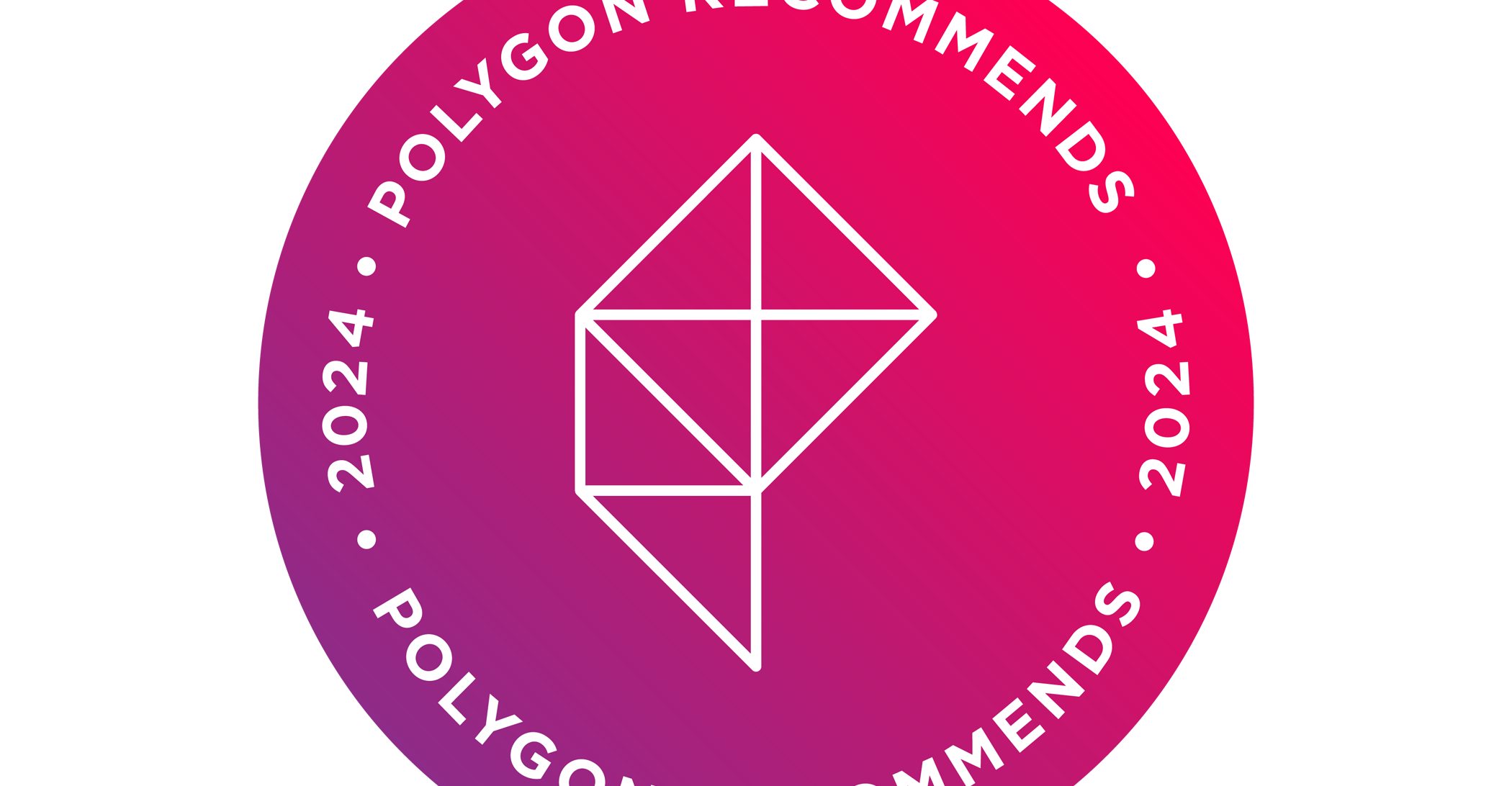
When we award the Polygon Recommends badge, it’s because we believe the recipient is uniquely thought-provoking, entertaining, inventive, or fun — and worth fitting into your schedule. If you want curated lists of our favorite media, check out What to Play and What to Watch.
Let’s start with the bullet points: Inside the PHB (2024) you’ll find 10 species, 12 classes, and 48 subclasses. Compared to the PHB (2014), with nine species and far fewer subclasses, it’s a massive upgrade. Every character option feels more capable, more distinct than its predecessor. And in some cases, like the previously mid-tier Druid and Ranger, they’ve been radically reinvented. These and other foundational changes came after lead designer Jeremy Crawford and the team at Wizards sought direct engagement with its massive community, using data gleaned from hundreds of thousands of anecdotal bits of playtest feedback that they’ve eagerly mined out of the earth for the better part of a decade. Now that hoard of precious data is on full display, and it’s players who will ultimately reap the rewards.
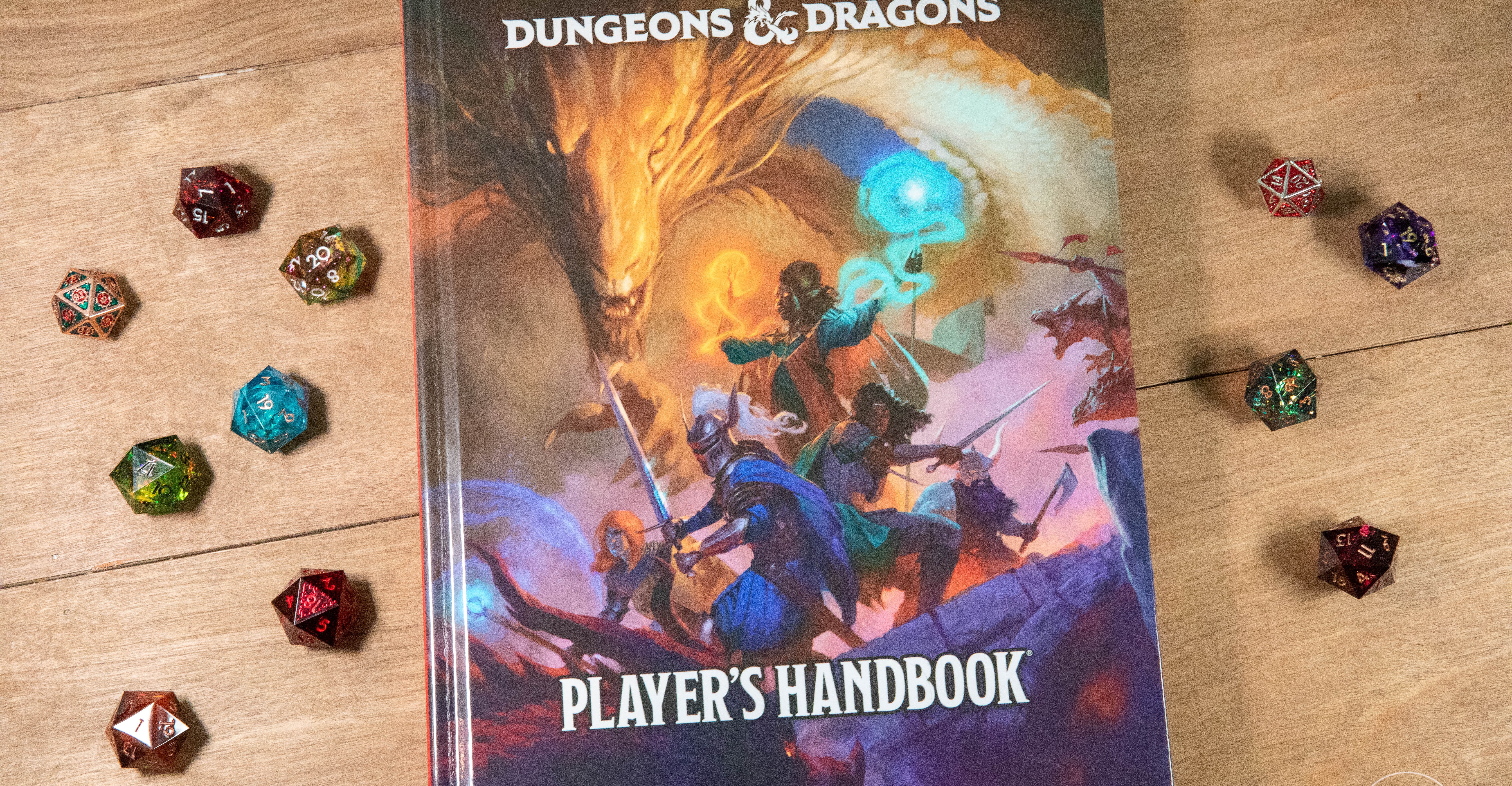
But it’s the overall look and feel of the PHB that has received the most attention. Lead graphic designer Matt Cole and art director Emi Tanji should be given medals, because the very shape of the brand feels suddenly glossy, modern, and new.
From the structure and the layout of the page itself, to the new design for monster stat blocks, to the way that character art shows heroes who seem to leap out of their frames and practically into the reader’s lap, the entire package is more lively and engaging than ever before. It’s also filled with more in-jokes and visual Easter eggs than any Wizards product in recent memory, barring maybe Magic: The Gathering’s novelty Un-sets. Whether you’re a fan of the 1980s-era Saturday morning cartoon, or you first discovered the seminal TTRPG through excellent anthologies like Journeys Through the Radiant Citadel, or you returned to the franchise for the retro-inspired setting books like Van Richten’s Guide to Ravenloft, there’s something that should delight everyone inside. It is truly the first version of the PHB where everyone is invited to join in — even those who enjoy fancy tacos alongside rustic turkey legs.
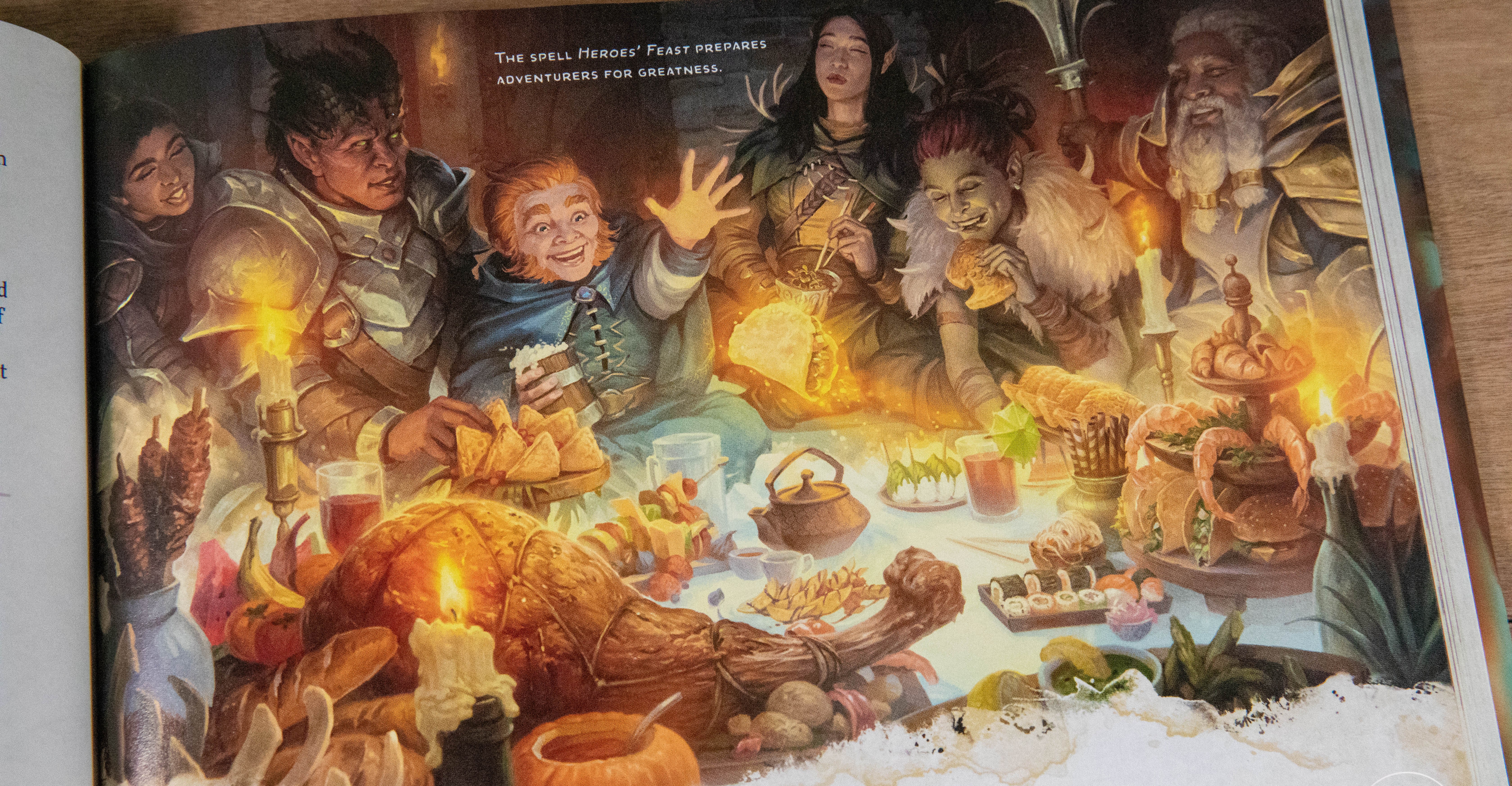
That openness extends to the PHB’s most important function, which is seamlessly onboarding new players.
In the PHB (2014), new players were greeted by a section of the book called “Building Bruenor,” where they first learned how to roll up a character. While that section was fairly thorough, it was in no way built for first-time players. In fact, it actually preceded the part of the book that taught you how to play the game.
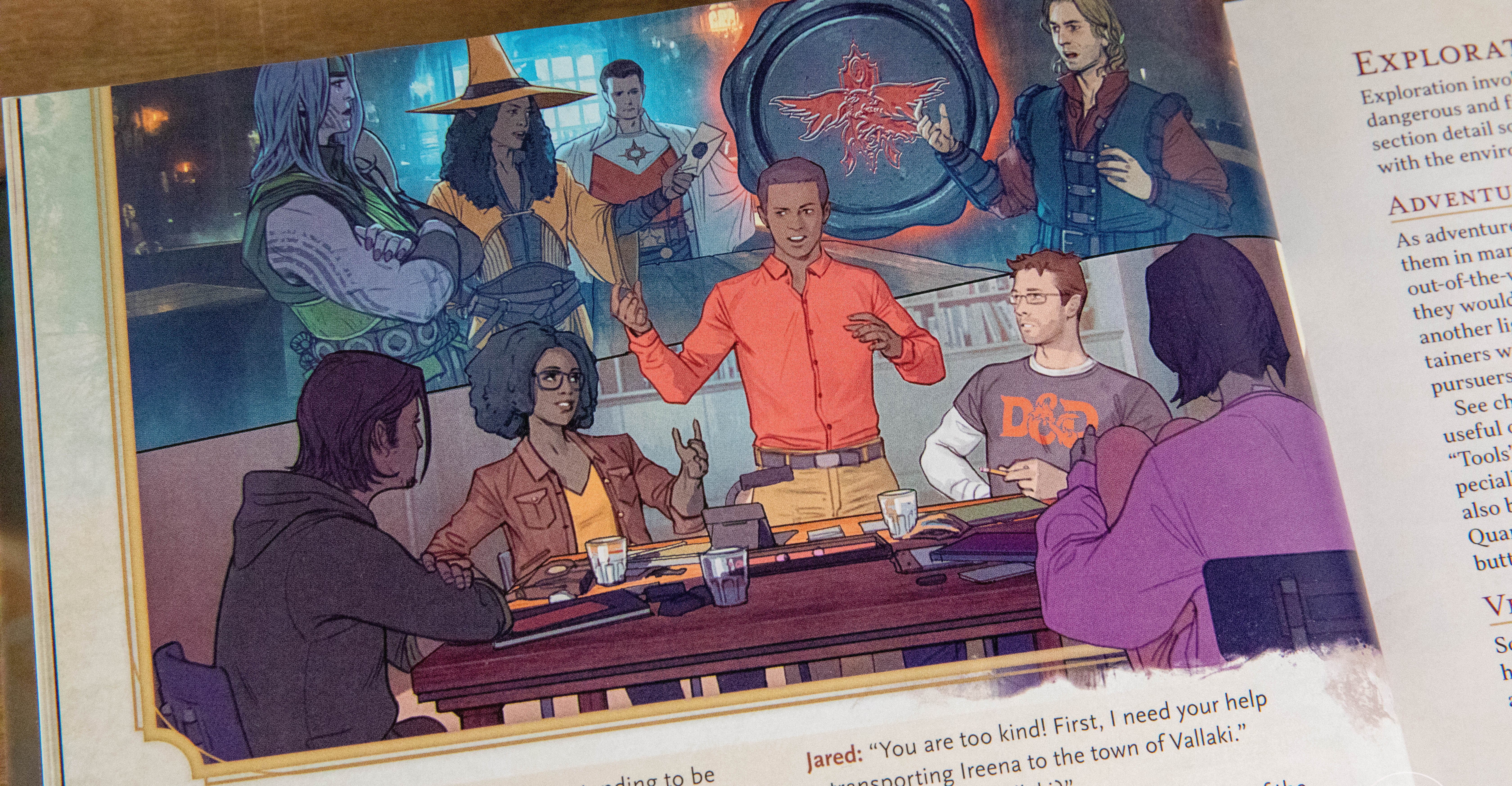
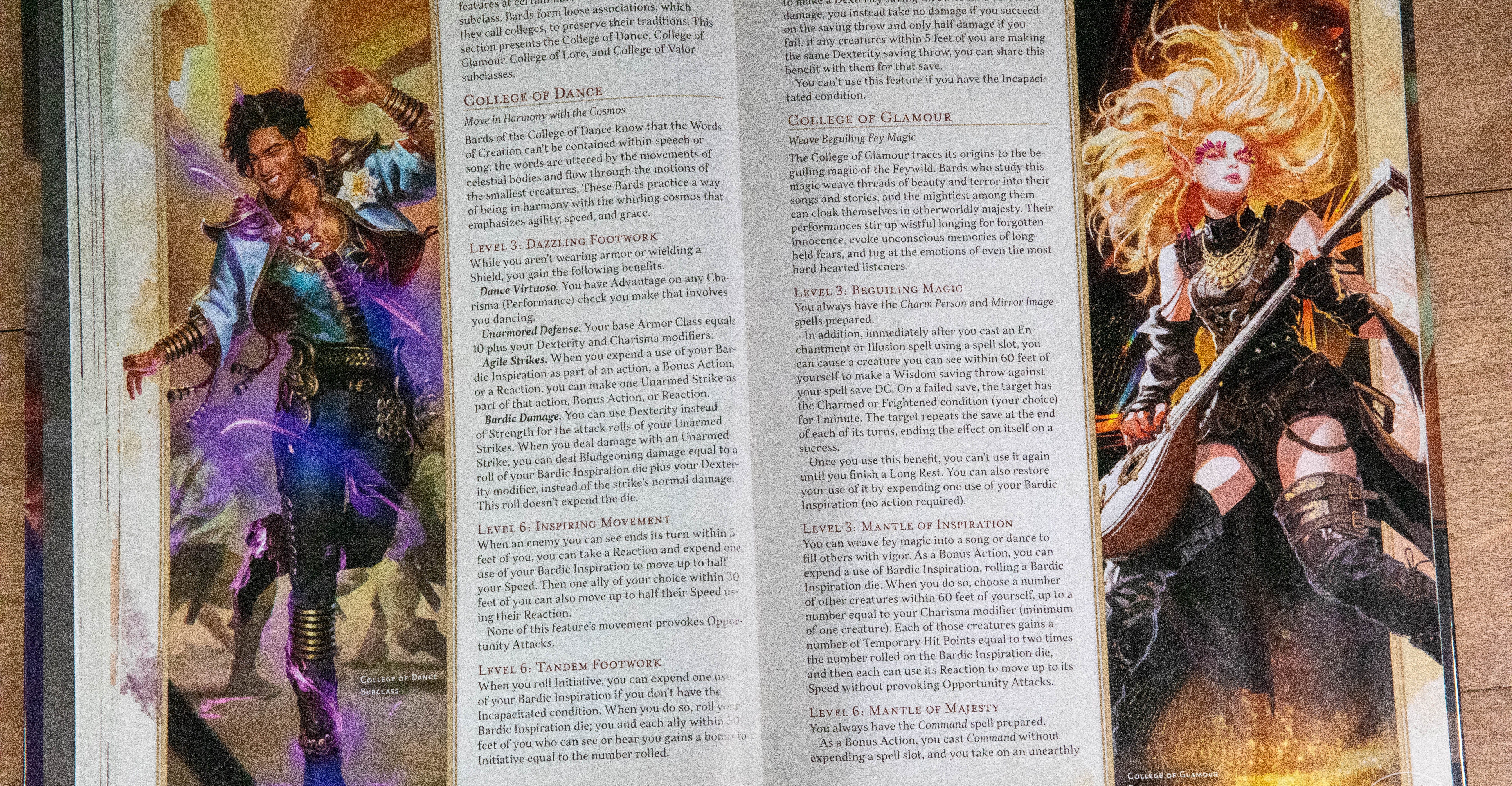
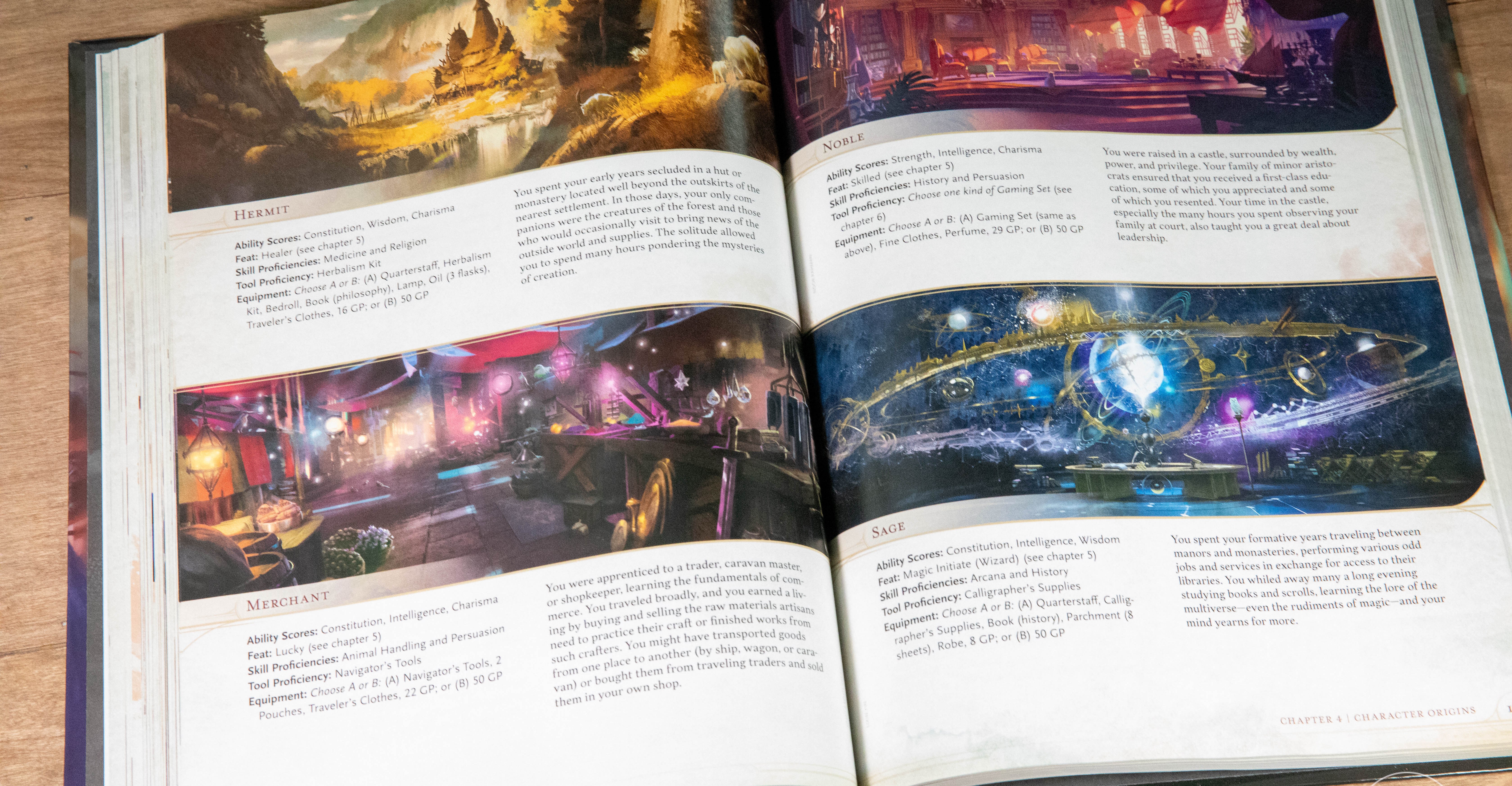
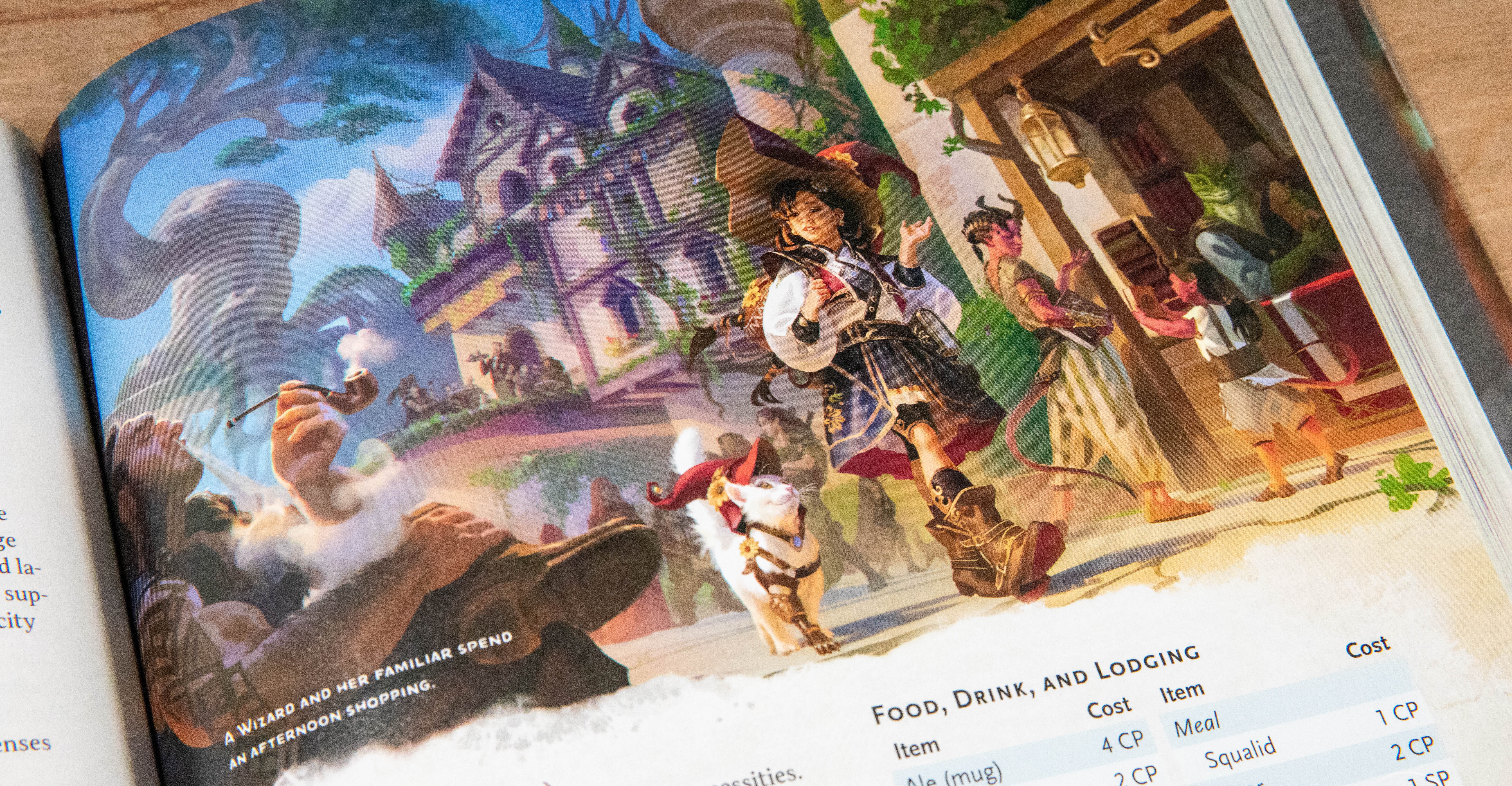
The PHB (2024), on the other hand, is far more user-friendly. For one, it comes after a lengthy discussion of how the game is played. It also expands the character creation section from just five pages out to eight, with detailed explanations throughout. The game’s unique vocabulary — with important concepts like ability scores, ability score modifiers, saving throws, and passive perception — is clearly called out and carefully cross-referenced by an actual rules glossary in the back of the book. Finally, here is a document, both robust and readable at the same time, that you can confidently hand to a new player to let them find their own way.
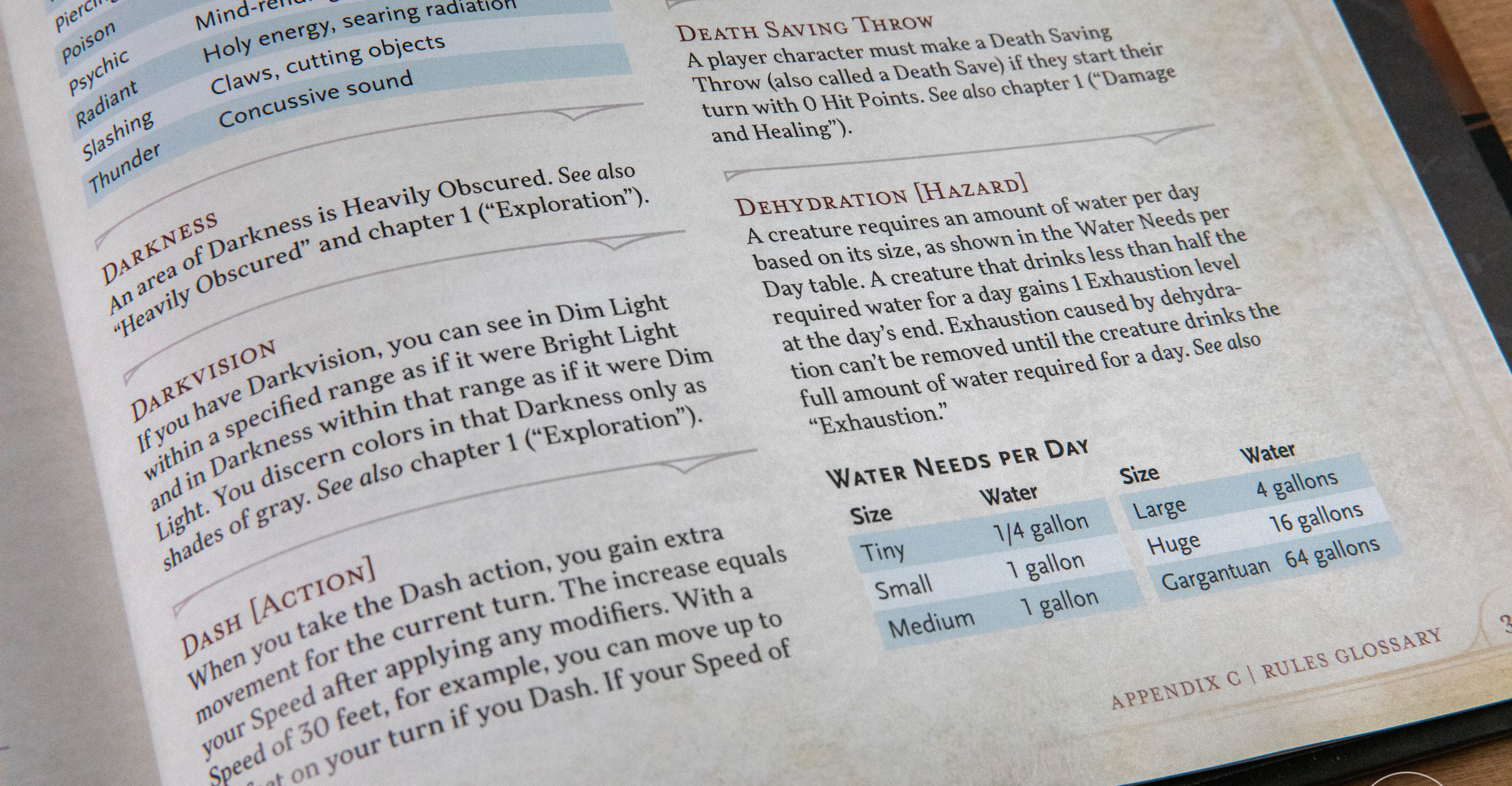
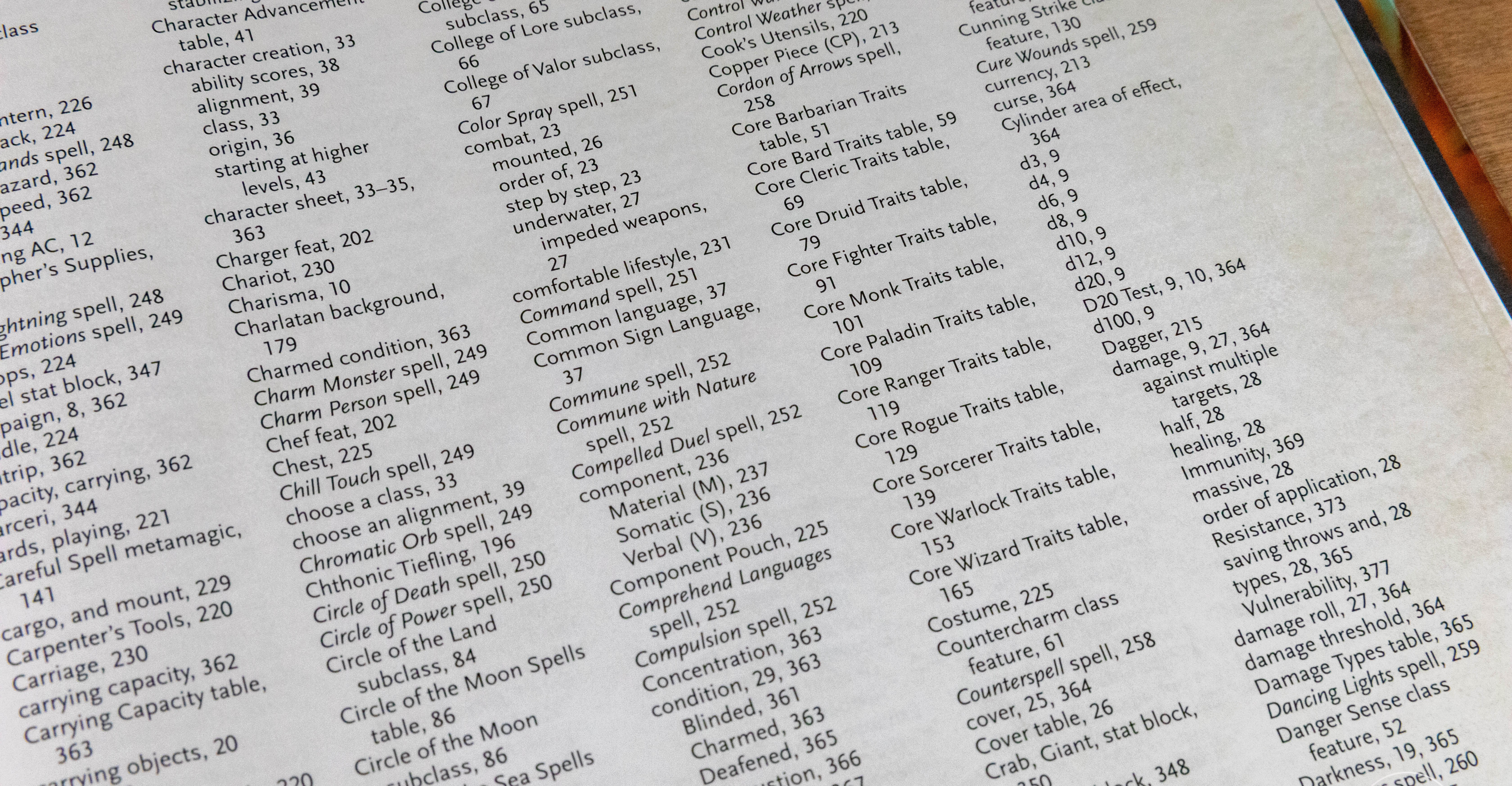
Yet even as the physical incarnation of the Player’s Handbook has been honed to a keen edge, Wizards of the Coast’s digital implementation lags woefully behind. Where the PHB (2024) is colorful, careful, and clean, the comparable experience on D&D Beyond’s digital toolset looks much the same as it did a few years ago. For new players coming to D&D for the first time, D&D Beyond is an experience so cluttered and complex, so filled with speed bumps and interruptions, that I feel it’s best to skip it entirely — at least at first. Unless you know exactly what you’re doing, I wouldn’t touch it with a 10-foot pole.
This lagging digital refresh is particularly jarring, especially since the tea leaves clearly indicate that Hasbro’s leadership sees opportunity in D&D’s digital future. Since Hasbro acquired D&D Beyond in 2022, the game and toy giant has been funneling new players and old alike to that digital storefront en masse, making it the de facto landing page for the entire franchise. They’ve done the hard work of forcing everyone to log in there, then began doling out the add-ons and the freebies over months and years. They’ve also rolled out a byzantine digital-first release schedule, with all the early access windows and digital tchotchkes that fans of video games have come to dread over the last two decades.
This is the part that you should run away from.
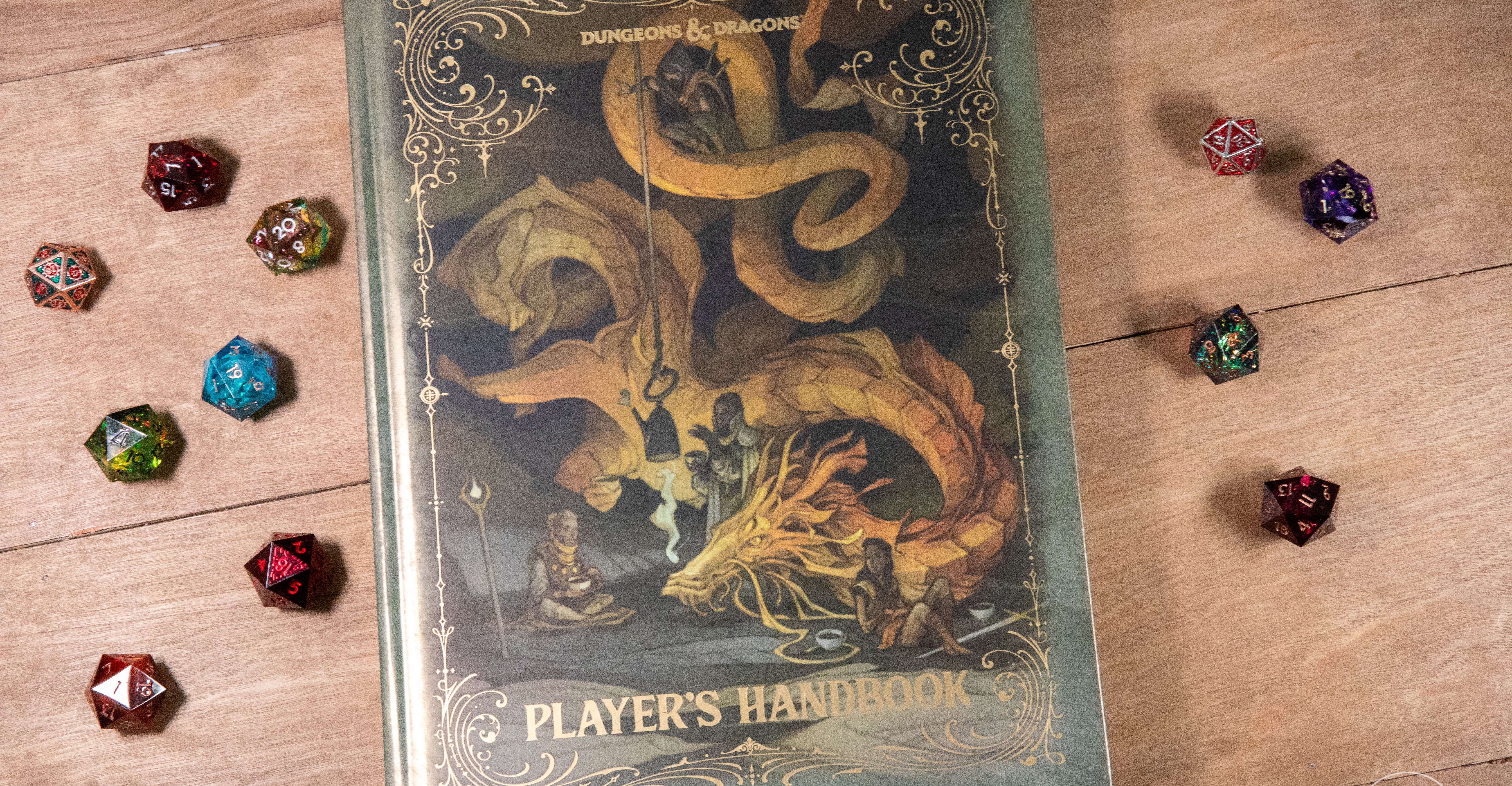
It makes me feel old and tired trying to explain this, but purchasing the $29.99 digital version of the Player’s Handbook (2024) means buying a license to use that material online. Nothing about that transaction means that Hasbro, or its Wizards of the Coast imprint, owes you anything at all in perpetuity. Twenty years from now, I am uncertain if this license will be of any real value. Just as they tried with the OGL, they could take it away from you tomorrow — or just stop working on it, allowing D&D Beyond to fall into disrepair.
Buy this book instead. Hold it in your hands. Leave it open to your favorite spread for a day, or a week, or a month, or a year. Drop it on the ground. Shower it with soda, or wine, or blood. Write in the margins and make it yours, because there is no single trove of information in a digital world that you can expect to have ownership of forever. But books… books they’ll never take away from us. Once they’re out in the world, all we have to do is hold onto them. So take this Player’s Handbook (2024) as your own, a gift from the dozens of souls in the Pacific Northwest coast and all around the world who helped bring it to life over the last 10, 20, 50 years and more.
Hide it away underground if you have to, for we may never see its equal again.
Dungeons & Dragons Player’s Handbook (2024) is available at local game shops and online. The book was reviewed using retail product provided by Wizards of the Coast. Vox Media has affiliate partnerships. These do not influence editorial content, though Vox Media may earn commissions for products purchased via affiliate links. You can find additional information about Polygon’s ethics policy here.




